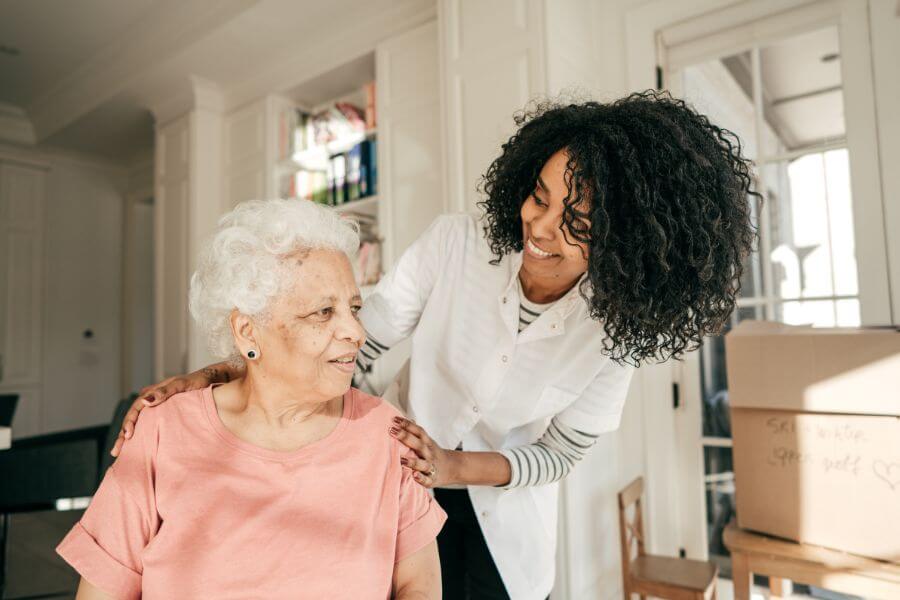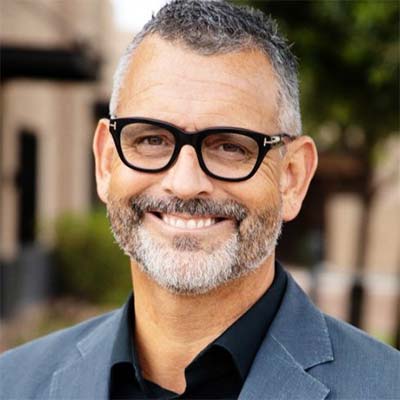
Stroke Recovery: The Importance of Short-Term Rehab After Stroke
If you’ve recently had a stroke, you’re not alone. Statistics show that every 40 seconds, someone in the U.S. has a stroke, leading to nearly 800,000 strokes annually.1 While many stroke victims do spend time in the hospital, more than 2/3 of stroke survivors receive some type of rehabilitation services once they are released.2
As we look at why rehab after a stroke is so important, we’ll explore the services that patients can receive and what can be expected during the process.
Why is Rehab After a Stroke Necessary?
Short-term rehab after a stroke can be very effective in helping patients regain some of their functions. When people experience a stroke, they can have trouble speaking, swallowing, or experiencing pain or numbness. They may also have weakness or paralysis on one side of the body. A stroke can also cause memory or learning problems.3
Stroke rehabilitation helps patients regain some of the functions they have lost. The goal of short-term rehab is to recover as much independence and quality of life as possible. Studies have shown that people who participate in a stroke rehab program perform better than most who do not.4
Services Provided in Rehab After a Stroke
Rehab after a stroke looks different for each patient. Since a stroke will affect people in different ways, the types of services they need to regain some of their functions will also vary.
Stroke Rehab Team
During your rehabilitation, you will work with a team of professionals to help you meet your goals.4 This includes:
- Physical Therapist: Helps to regain movement and balance
- Occupational Therapist: Helps to manage daily activities such as eating, bathing, and dressing
- Speech-Language Pathologist: Helps with talking, reading, and writing tasks
- Dietician: Teaches about healthy eating and special diets for stroke survivors
- Social Worker: Helps stroke survivors make decisions about rehab programs, living arrangements, and more
What to Expect During Rehab for a Stroke
While a short-term rehab program after a stroke is going to look different for each patient, here are some common things that patients can expect 4:
- Motor-skill exercises to help regain muscle strength and coordination
- Mobility training to learn how to use a cane, ankle brace, etc.
- Range of motion therapy to ease muscle tension
- Speech therapy to help regain speaking abilities as well as listening, writing, and comprehension
- Psychological evaluation to see if counseling or a support group is needed
During stroke rehab, patients can expect their care team to treat the disability as best they can to improve function as well as provide adaptive tools and alter the environment if possible. The patient and family members will also learn what they need to do to adapt to any lifestyle changes.
Factors That Affect the Outcome of Stroke Rehabilitation
Many stroke patients are eager to know if their rehab will help them regain all of their abilities. The success rate will vary from patient to patient. However, several factors can impact the outcome 4 :
- Physical factors, such as the severity of the stroke
- Emotional factors, such as mood and motivation to stick with the rehabilitation program
- Social factors like the support of family and friends
- Therapeutic factors which can include an early start to your rehab
When you choose Santé for your short-term rehab following a stroke, you can expect our team to develop a customized care plan centered around the patient’s needs and the injury. We also communicate any updates or changes so that the patient and family are always up to date on the treatment and the progress that is being made.
Things to Look for in a Facility for Rehab After Stroke
As you search for a facility to provide stroke rehab services, here are some factors to consider:
- Qualifications of the facility (licensed and insured)
- Ability to treat your condition
- Family visiting policy and proximity to loved ones
- Cost and insurance coverage
- Cleanliness of facility
Keeping these factors in mind will help you find the facility that best suits your needs and provides the type of treatment you or your loved one needs following a stroke.
FAQ about Rehab After a Stroke
When should stroke rehab begin?
The sooner, the better, so the patient has a better chance of regaining their lost abilities. Some stroke patients start as soon as 24-48 hours after a stroke while they are still in the hospital.
How long does stroke rehab last?
The length of rehab stay after a stroke will depend on the severity of your stroke and any complications. Some people recover more quickly than others.
Will my rehab plan change?
Yes. As you relearn skills, your care team will reassess your needs and make any necessary changes.
Trust Santé for Your Short-Term Rehab Needs After a Stroke
Santé offers short-term rehabilitation and skilled nursing for stroke patients. Our highly experienced team is trained and equipped to help your loved one get the care they need following a stroke. Whether it’s physical therapy, occupational therapy, or speech therapy, our team will work with you to give you the treatment you need.
Our rehab centers are conveniently located in Mesa, Chandler, Surprise, and North Scottsdale so that you can find one near you. For more information on our short-term rehab, call Santé today or reach out to us online.
Sources:
- https://www.cdc.gov/stroke/facts.htm
- https://www.stroke.org/en/life-after-stroke/stroke-rehab/rehab-therapy-after-a-stroke
- https://www.nia.nih.gov/health/stroke
- https://www.mayoclinic.org/diseases-conditions/stroke/in-depth/stroke-rehabilitation/art-20045172

Dan is Vice President, Marketing of the Alumus family of companies. A Seattle native, he earned his BA in Humanities and Political Science at Evergreen State College. He started his career as a newspaper columnist, eventually transitioning into marketing and tech writing for Microsoft and several other startups. He later launched a successful creative agency focused on branding, digital marketing, and content production in Los Angeles, where he worked for several nursing and behavioral health clients, eventually becoming the National Marketing Director for one of them.
He has taught Vipassana mindfulness meditation and MBSR and spends whatever free time he has with his son snowboarding, hiking, and camping in the mountains.



